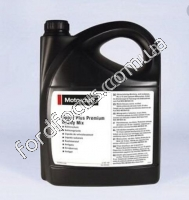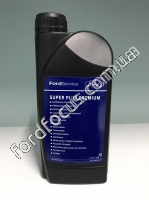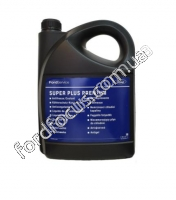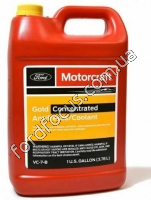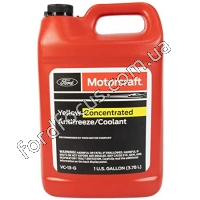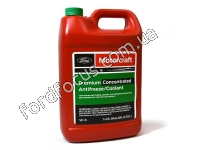A pressing question for car owners - is it possible to mix antifreezes in car cooling systems? "Of course you can," - sellers will tell you. But it's not that simple. You should very carefully understand which antifreezes can be mixed and what this will lead to.
There is an opinion that antifreezes can be added according to similar colors. This rule is not entirely true if we are talking about different manufacturers. The colors of these liquids are assigned by manufacturers to guide the end user. Some manufacturers have only two colors in their antifreeze line - green and red, while others have a wider range and, therefore, a greater variety of colors. This means that no one can guarantee that additive packages in the coolant of the same color, but from different manufacturers, when trying to combine them will give the desired result, and not a mush or gel-like mixture. Especially considering the fact that when replacing antifreeze in 90% of cases, the owner does not know what was poured into the cooling system of his car.
In this regard, before adding antifreeze, it is necessary to clarify other parameters, namely the classification of the coolant and standards (tolerances).
Classification of coolant:
Antifreeze G11
Any antifreeze is based on glycols. The first antifreezes were based on ethylene glycols, which saved old copper and brass engine radiators from corrosion. With the growing popularity of aluminum engine radiators in production, a new generation of silicate antifreezes came, which used salts as additives that prevented corrosion in cooling systems due to their ability to form a thin protective film on the surface of all parts. Silicate antifreezes can be of any color.
Antifreeze G12
Later, carboxylate antifreezes appeared, which included complex acids and other organic compounds, which made it possible to extend the effective service life of such coolers almost twice due, for the most part, to local action, preventing corrosion in cooling systems at the site of its occurrence, and not on the entire surface.
Antifreezes G11 and G12 are based on ethylene glycol. It is more toxic than polypropylene glycol, which is the basis of G13 coolants, which are becoming increasingly widespread in Europe due to their compliance with environmental standards.
Partial replacement of coolant
So, let's draw a conclusion about whether it is possible to add antifreeze.
You can safely mix G12 class antifreezes from different manufacturers. Within the same manufacturer, it is also permissible to mix G11 and G12 antifreezes. The same applies to G12+ antifreeze, it can become a universal additive for partial replacement of coolant. With some degree of risk, you can mix G11 and G12 from different manufacturers - of course, not when completely replacing the fluid in the system, but in case of emergency, such as topping up in winter. Is it possible to add antifreeze in the summer? Yes, you can, but it is better to solve this problem by adding distilled water.
Lifespan package of inorganic additives of class G11 antifreezes - about two years. G12, G12+, G13 can last up to five years. When mixing antifreezes of different classes, the service life of the additives is sharply reduced, the anti-corrosion properties of the mixture deteriorate.
When using antifreezes, you should remember their purpose - they not only help protect the system from freezing, but also provide anti-corrosion treatment of all parts. When the additives stop working, the protection also stops.
Do not sacrifice the entire cooling system and engine serviceability, change the coolant as scheduled. Have a nice trip!


